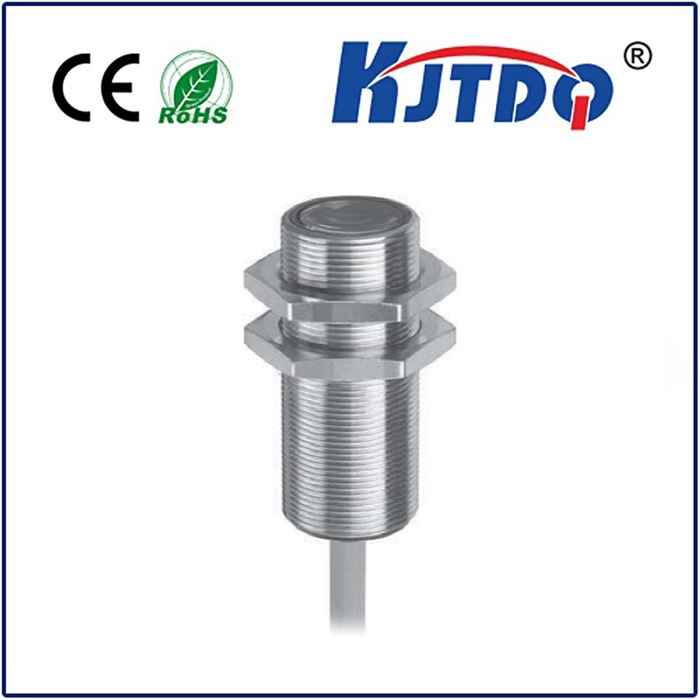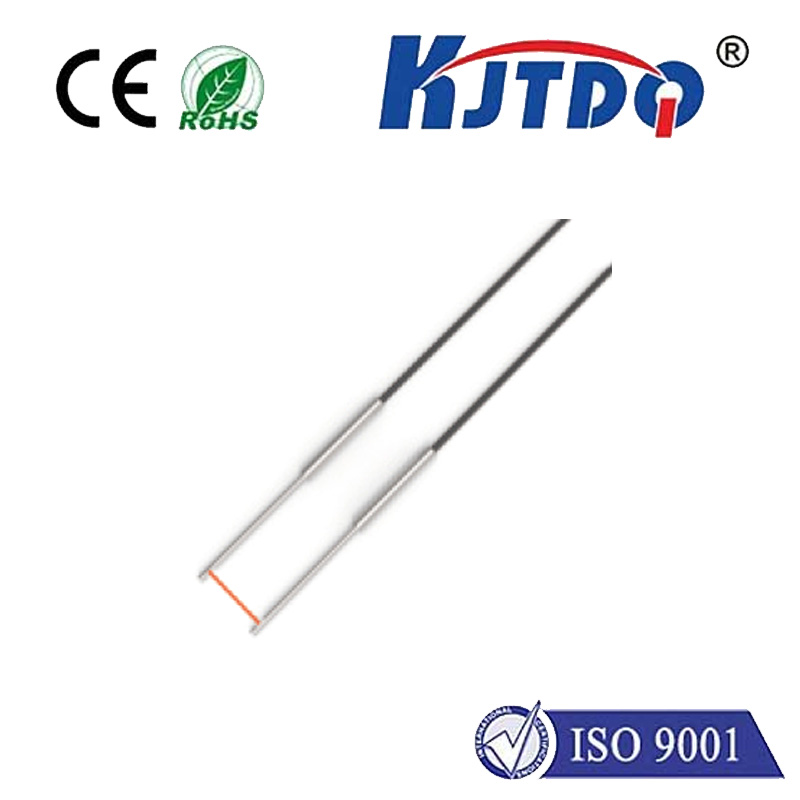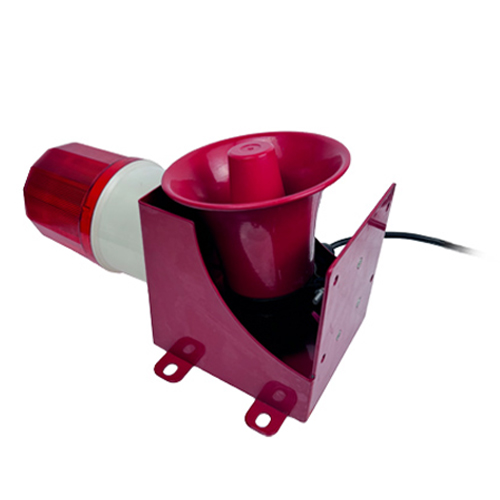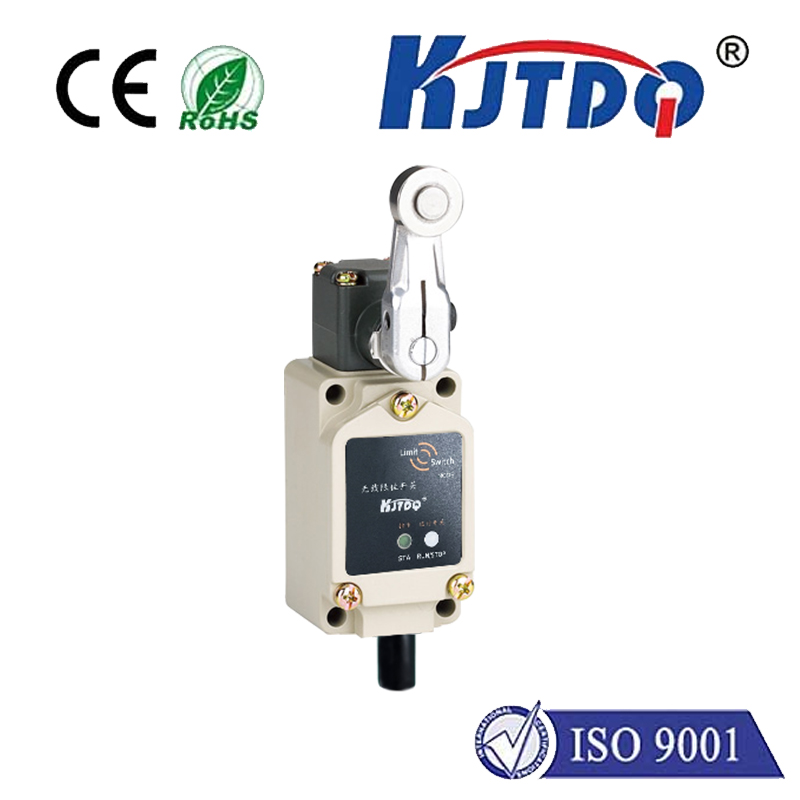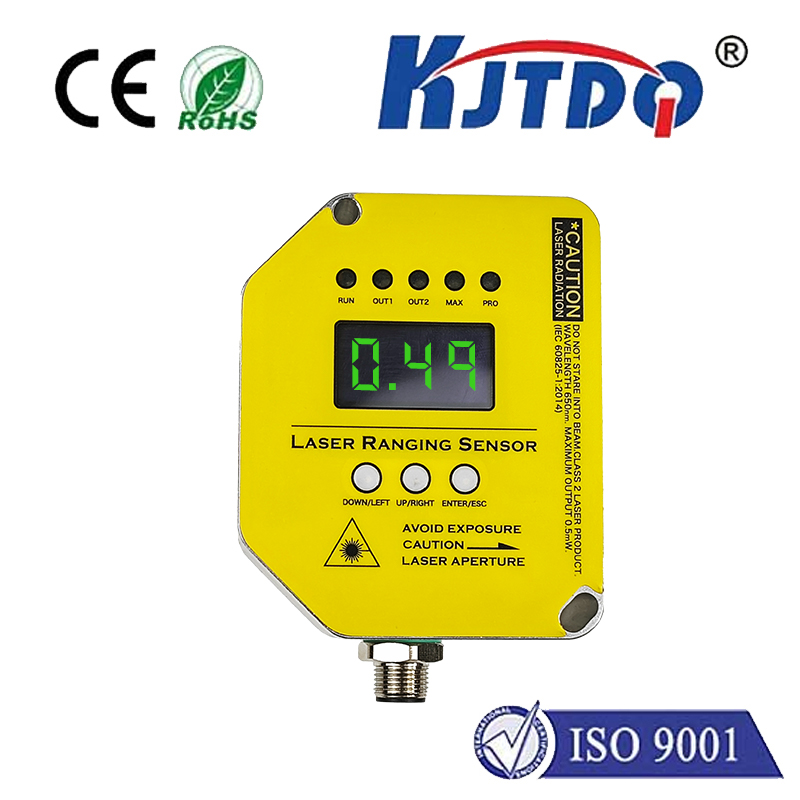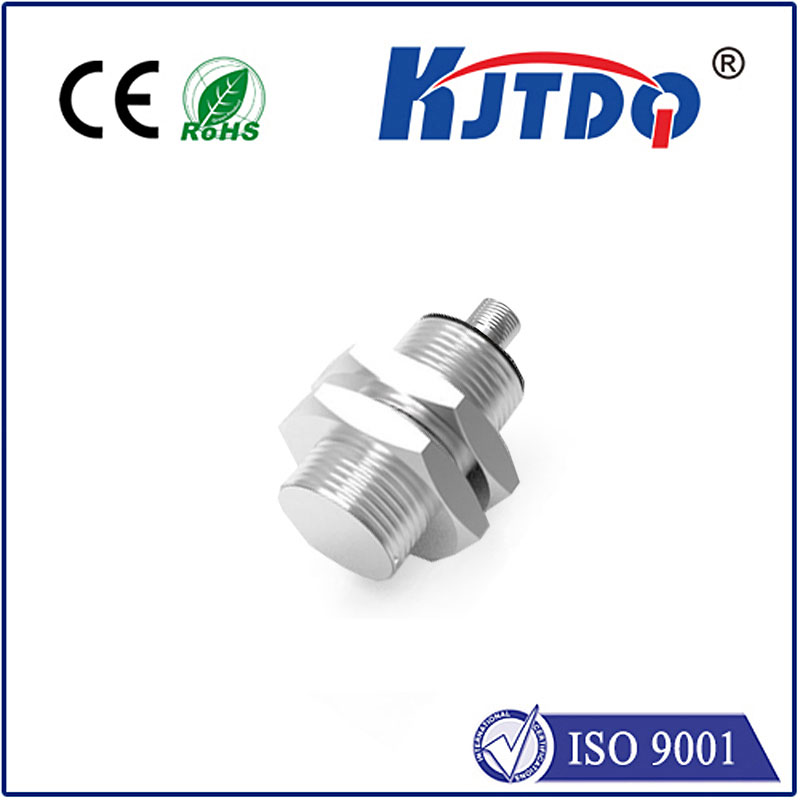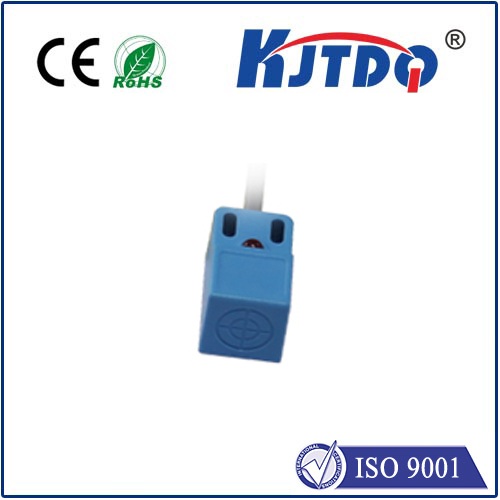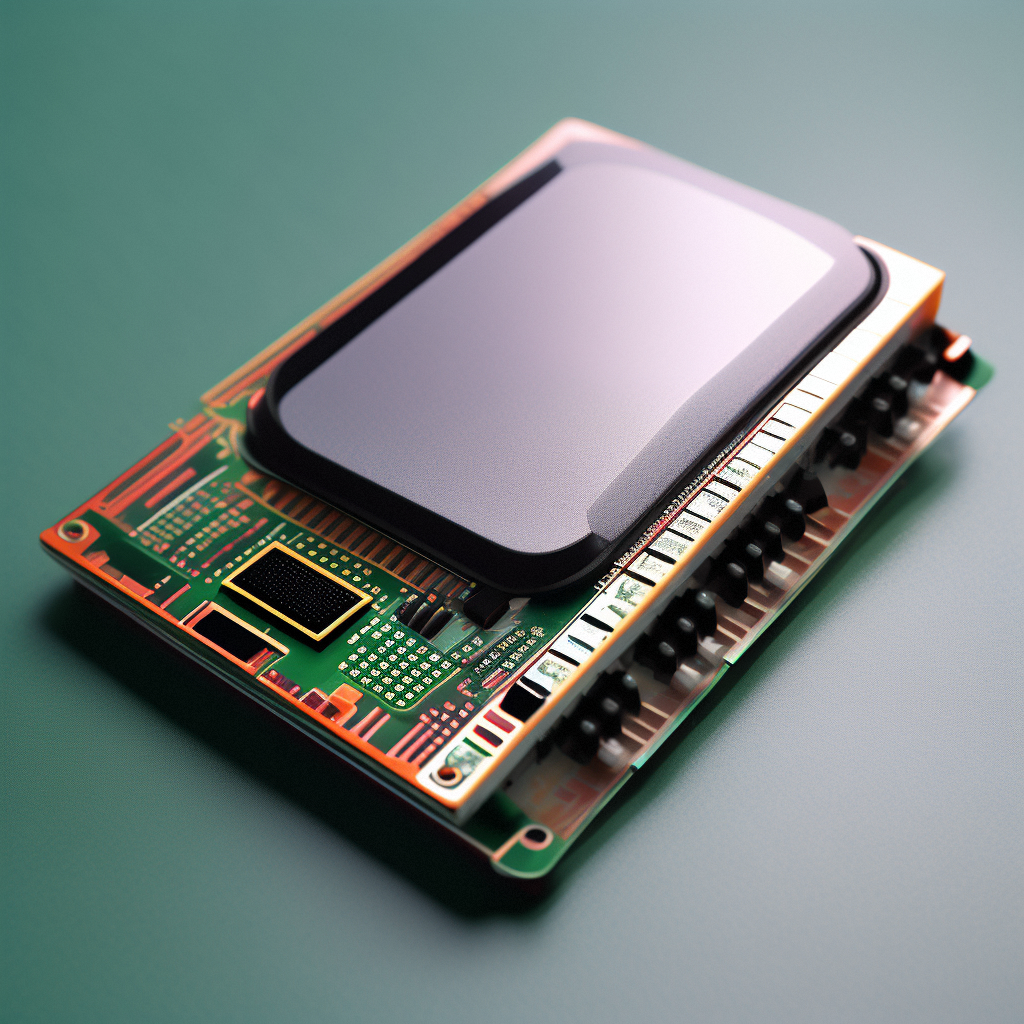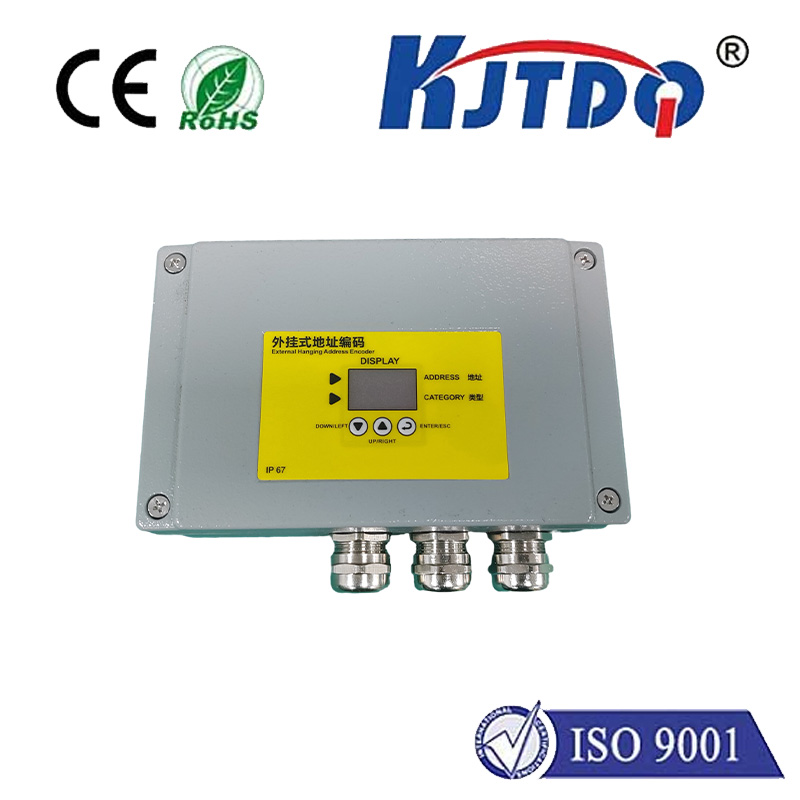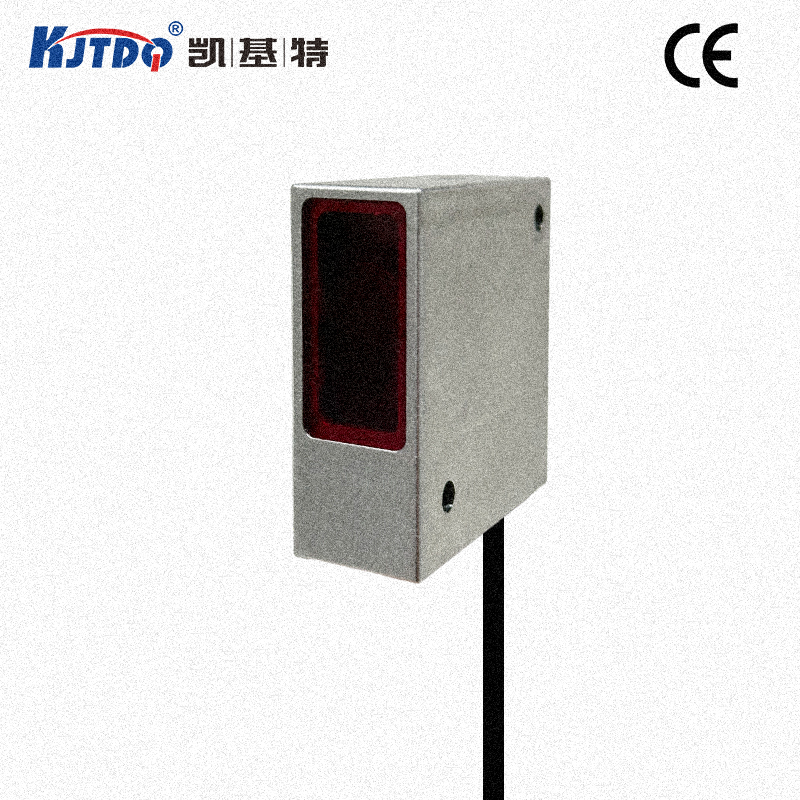датчик высокотемпературного сближения
- time:2025-07-01 13:04:12
- Нажмите:0
High-Temp Proximity Sensors: Your Solution for Reliable Detection in Extreme Heat Conditions
Imagine the intense heat radiating from molten metal in a foundry, the scorching exhaust manifold of a jet engine undergoing testing, or the punishing environment inside an industrial glass furnace. Traditional sensors fail miserably here, melting, warping, or giving false signals under relentless thermal assault. This is precisely where high-temperature proximity sensors become indispensable, acting as the resilient eyes and touchless feelers within these fiery frontiers. Engineered to withstand exceptionally harsh thermal conditions, these specialized devices provide non-contact detection and measurement where others simply cannot survive.
Understanding the Core: Proximity Sensing in a Crucible
At their essence, proximity sensors detect the presence or absence of an object without physical contact. Common types like inductive (detecting metallic objects) and capacitive (detecting both metallic and non-metallic objects) sensors work well in ambient environments. However, standard models typically have operating temperature limits around 70-85°C. Exceed this, and their delicate internal electronics, plastic housings, and standard seals rapidly degrade, leading to catastrophic failure.
High-temperature proximity sensors are specifically designed to overcome this barrier. They are built from the ground up to reliably perform their detection duties within environments where temperatures soar to 200°C, 500°C, or even beyond – critical thresholds common in demanding industrial sectors. Their importance lies in enabling automation, process control, safety monitoring, and quality assurance directly within these hostile zones, eliminating the need for complex and often unreliable cooling arrangements.
The Anatomy of Resilience: Key Technologies Behind High-Temp Sensors

The exceptional durability of high-temperature proximity sensors isn’t accidental; it’s the result of deliberate engineering choices focused on thermal management and component protection:
- Specialized Materials: Crucially, standard plastic housings are replaced with robust, heat-resistant metals like stainless steel and specialized alloys. Internally, ceramics (like high-purity alumina) are widely used for sensor faces and coil bobbins. These ceramics offer outstanding electrical insulation, thermal stability, and resistance to thermal shock, ensuring the sensing element itself remains functional. Seals and cabling materials are equally critical, utilizing high-temperature silicones, fluoropolymers (like PTFE, PFA), or specialized mineral-insulated cables capable of enduring prolonged heat exposure without cracking or melting.
- Heat-Resistant Electronics: The internal circuitry, particularly the sensing coils in inductive variants and the associated electronics, utilize components specifically rated for high-temperature operation. This includes specialized wire insulation and solder compounds that won’t soften or fail under extreme thermal stress. Advanced designs may incorporate thermal barriers or heat sinks within the housing to protect the most temperature-sensitive components located further from the heat source.
- Robust Construction & Sealing: Beyond materials, the physical build quality is paramount. Hermetic sealing prevents corrosive gases or molten splashes from penetrating the sensitive interior. Enhanced ingress protection ratings (like IP67, IP69K, or specialized high-temp seals) are common, ensuring reliability not just against heat, but also against dust, moisture, and high-pressure washdowns often encountered alongside high temperatures.
Where the Heat Is On: Critical Applications
The unique capabilities of high-temperature proximity sensors make them vital components across numerous demanding industries:
- Metal Foundries & Forging: Monitoring mold positions near molten metal streams (crucibles, ladles), detecting billets entering/leaving high-temperature furnaces, verifying part presence on forging presses, and tracking ladle positioning. Sensors here must resist intense radiant heat and potential metal splash.
- Automotive Manufacturing & Testing: Engine block machining (detecting hot castings), exhaust system assembly (post-weld verification), brake disc monitoring, and critically, engine test cells where sensors monitor components like turbochargers and exhaust manifolds operating at peak temperatures.
- Glass & Ceramics Manufacturing: Monitoring bottle or ware positions inside annealing lehrs (cooling ovens), detecting glass gobs falling into molds (shears position), and verifying mold positions inside hot forming machines near molten glass. Resistance to radiant heat is essential.
- Energy & Power Generation: Monitoring turbine blade clearance (using specialized long-range variants), detecting valve positions within hot steam lines, verifying burner positions in boilers, and monitoring critical components within gas turbine enclosures.
- Plastics & Rubber Processing: Detecting hot extrudates emerging from dies, verifying mold closure on injection molding machines, and monitoring part ejection on presses operating with heated platens.
Selecting the Right Champion: Key Considerations
Choosing the optimal датчик высокотемпературного сближения requires careful assessment of the specific application’s demands:
- Maximum Operating Temperature: This is paramount. Specify the continuous ambient temperature the sensor body will be exposed to. Remember, this can be significantly higher than the target object’s temperature due to radiant heat. Don’t confuse this with intermittent exposure or target temperature.
- Required Sensing Distance: What is the necessary gap between the sensor face and the target object? High-temp sensors often have slightly reduced sensing ranges compared to standard models due to material constraints. Ensure the selected model meets the application’s gap requirement under operating conditions.
- Sensor Type (Inductive/Capacitive): Inductive sensors detect metal; capacitive detect almost any material (including liquids and powders through non-metallic walls). Choose based on the target material.
- Target Material & Size: For inductive sensors, the type of metal (ferrous/non-ferrous) and the target size relative to the sensor face influence performance. Capacitive sensors are sensitive to the dielectric constant of the target material.
- Environmental Factors: Beyond temperature, consider exposure to chemicals, water/coolants (requiring high IP ratings), mechanical shock/vibration, and potential build-up of dust, scale, or other contaminants. Hermetic sealing is often crucial.
- Output Type & Wiring: Standard options include PNP/NPN transistors or analog outputs (4-20mA, 0-10V). Ensure compatibility with your control system. High-temperature rated cabling is essential – mineral-insulated cables are often used for the most extreme conditions.
- Housing & Mounting: Material (stainless steel, specialized alloy), thread size, and mounting configuration must suit the physical installation constraints and provide adequate protection.
Beyond Just Heat: Ensuring Long-Term Reliability
Integrating high-temperature proximity proximity sensors effectively requires foresight:
- Proper Mounting: Ensure secure mounting to minimize vibration, which can accelerate wear. Avoid mounting directly onto surfaces significantly hotter than the sensor’s rating – use thermal standoffs if necessary.
- Cable Management: Protect the cable from abrasion, excessive bending, and direct contact with hot surfaces. Route cables away from intense radiant heat sources where possible.
- Cleanliness: While designed for harshness, excessive build-up of slag, scale, or other debris on the sensor face can degrade performance. Implement cleaning procedures if necessary, compatible with the sensor’s ratings.
- Consult the Experts: Engage with sensor manufacturers or distributors early in the design process. Provide detailed application parameters (temperature profile, target material, required sensing range, environmental hazards) to receive the most suitable recommendations. Don’t simply assume a standard part will suffice.
Harnessing Unseen Potential in Extreme Environments
High-temperature proximity sensors are not merely accessories; they are mission-critical

